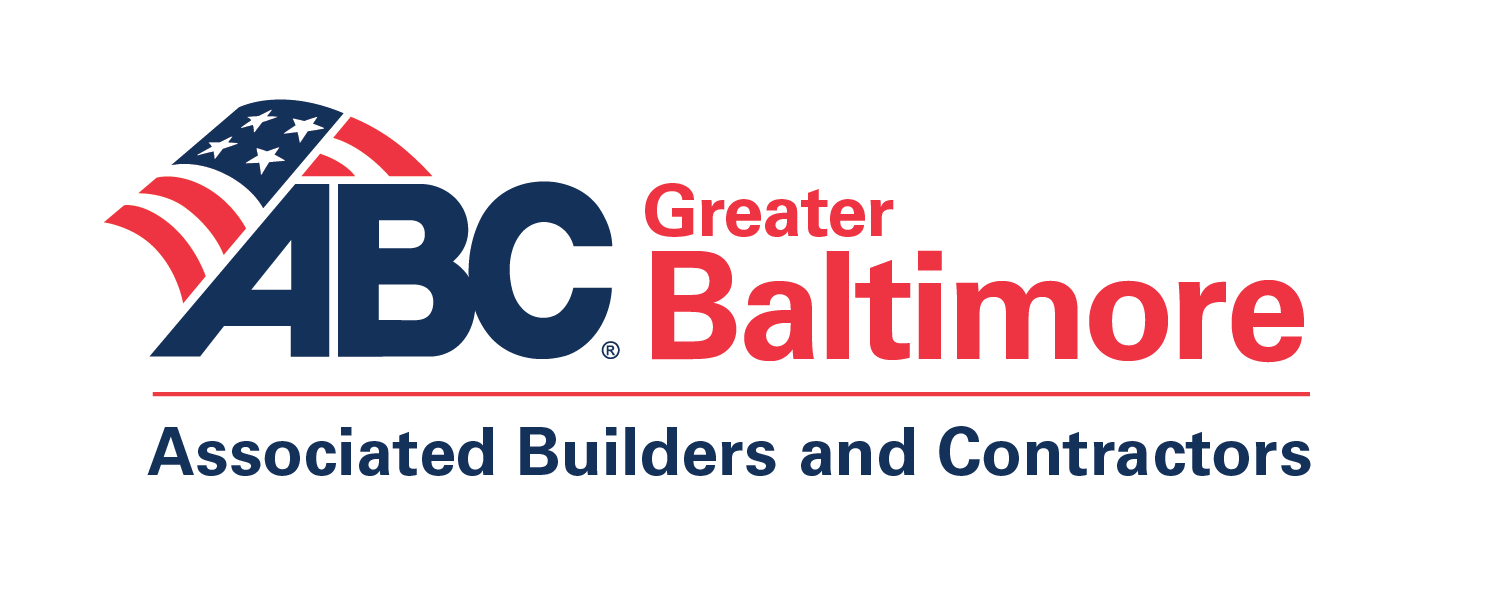The U.S. Department of Labor (DOL) recently updated its overtime regulations for white collar workers under the Fair Labors and Standards Act. The updates include increasing the salary threshold under which salaried workers are entitled to overtime pay when they work more than 40 hours in a week. That threshold will rise from $455 per week, about $24,000 annually, to $913 per week, or $47,476 annually, almost doubling the requirements. Companies may want to consider preparing for changes now because the rule goes into effect on December 1, 2016.
The new threshold represents the 40th percentile pay of full-time, salaried workers in the southern region of the United States.
“The rule’s unprecedented increase in the salary threshold fails to account for disparate income levels in different regions of the country,” said ABC Vice President of Legislative and Political Affairs Kristen Swearingen. “This will result in an unreasonable, one-size-fits-all mandate, which will have a vastly different impact on employers in regions with a lower cost-of-living.”
The DOL reported that more than 4.2 million executive, administrative, and professional workers will now be eligible for overtime pay.
The new rules distinguish overtime pay eligibility by identifying exempt and non-exempt workers. Exempt employees are not entitled to overtime pay because they are currently receiving more than the salary threshold. Non-exempt workers make less than the threshold and are entitled to time and a half if they work more than 40 hours a week.
In addition to salary, job tasks play a role in eligibility. The Baltimore Sun reports that workers are currently exempt if their main duties are managerial. But, under the new rule, if a worker spends less than half of his or her time on non-managerial tasks, they are eligible for overtime, regardless of salary.
However, just because employees are eligible does not necessarily mean they will be receiving overtime pay. Employers have options on how to approach this new rule; raise an employee’s salary to the new threshold, structure employee’s schedules to ensure they won’t go overtime, cut employee’s pay to below the threshold or hire new part time workers to take on overtime work.
“The unprecedented increase in the salary threshold may force some contractors to consider switching certain employees from salaried positions to hourly,” said Swearingen. “This change may deprive employees of autonomy in their work schedules and may be perceived as a demotion to employees.
The White House stated in reference to this rule that “either way the worker wins.” Many small business owners disagree with that.
According to the Baltimore Sun, several small business owners are concerned about this rule. They feel they have little money to spare and have few options: do you cut employee’s hours or pay them less?
“DOL’s overtime rule will rob employers of needed flexibility and employees of career advancement avenues, and it will have a disruptive effect on the construction industry as a whole,” said Swearingen.
The Sun also reported similar concerns among Maryland nonprofits that employ workers with intellectual disabilities. Many of their workers require one-on-one staffing and reducing hours or cutting staff could put these helpful programs at risk.
Critics believe the rule could affect flexibility in the workplace. Many small businesses make arrangements with workers to accommodate busy lives; new parents, employees with sick family members, etc. Many employees are given the chance to work remotely, leave early in exchange for sending emails from home or on weekends, and come and go as they please. This new flexible style of work creates a new challenge for employers under this rule. How do they truly know how many hours have been worked? The Post states that DOL’s rule could lead to workplace changes and less flexibility for employers to avoid possible lawsuits.
